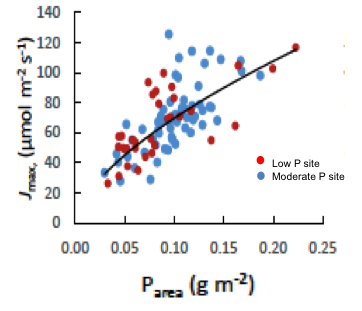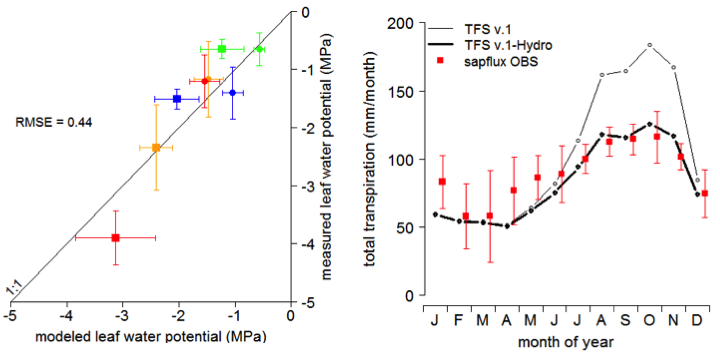 NGEE-Tropics participated in a workshop jointly organized by the Nanyang Technological University (Singapore) and the Smithsonian Institute. The Future of Tropical Forests in Asia: Experimental and Modeling Approaches workshop took place November 14–19, 2016, at NTU’s Asian School of the Environment. Over thirty international researchers came together to explore new approaches and potential collaboration across different fields, such as hydrology, demography, and modeling of tropical forests in Asia. The workshop focused on discussing empirical and modeling needs to improve Earth system models for tropical forests. The workshop was also complemented by field site visits in Singapore (Bukit Timah Nature Reserve and Upper Seletar Reservoir Park) and Malaysia (Lambir Hills National Park and Pasoh Forest Reserve).
NGEE-Tropics participated in a workshop jointly organized by the Nanyang Technological University (Singapore) and the Smithsonian Institute. The Future of Tropical Forests in Asia: Experimental and Modeling Approaches workshop took place November 14–19, 2016, at NTU’s Asian School of the Environment. Over thirty international researchers came together to explore new approaches and potential collaboration across different fields, such as hydrology, demography, and modeling of tropical forests in Asia. The workshop focused on discussing empirical and modeling needs to improve Earth system models for tropical forests. The workshop was also complemented by field site visits in Singapore (Bukit Timah Nature Reserve and Upper Seletar Reservoir Park) and Malaysia (Lambir Hills National Park and Pasoh Forest Reserve).
NGEE-Tropics participants included Lead PI and Director Jeffrey Chambers (LBNL), Deputy Director Lara Kueppers (LBNL), Chief Scientist Stuart Davies (Smithsonian), and Science Leads Charles Koven (LBNL), Richard Norby (ORNL), and Alistair Rogers (BNL). Countries represented at the workshop included Australia, China, India, Japan, Malaysia, Philippines, Singapore, Thailand, United Kingdom, USA, and Vietnam.

 The Science
The Science

 Dr. Melanie Mayes was one of four Oak Ridge National Laboratory (ORNL) researchers to receive a 2016 US Department of Energy (DOE) Office of Science (SC)
Dr. Melanie Mayes was one of four Oak Ridge National Laboratory (ORNL) researchers to receive a 2016 US Department of Energy (DOE) Office of Science (SC)